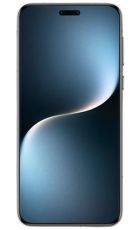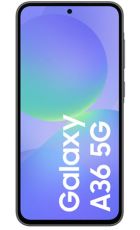The Google Pixel range has always been for Android purists – those who want Google’s operating system without the customisation and bloat provided by most manufacturers.
But in the case of the Pixel 3 it’s the most mainstream the range has ever been, as the phones also provides plenty of other desirable features, from a top camera to a powerful chipset and more.
But has Google done enough for its latest phone to compete with the best alternatives, or is this still a slightly niche device?
Screen
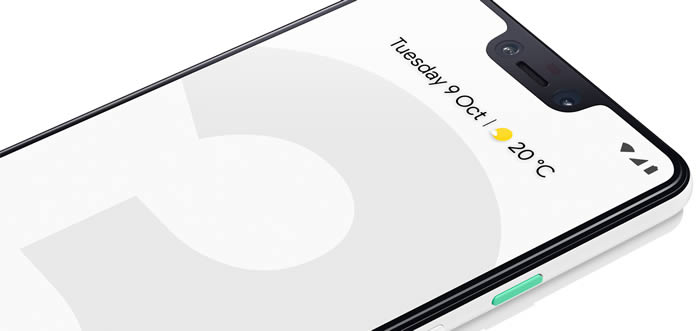
The Pixel 3 has a 5.5-inch 1080 x 2160 screen for a pixel density of 443 pixels per inch. That makes it large and sharp but not quite as large or sharp as many flagship rivals, such as the Samsung Galaxy S9 and Huawei Mate 20 Pro. That said, it does just about rival the iPhone XS, at least for resolution.
The Pixel 3 has an OLED screen, which is largely considered to be superior to LCD, as it can deliver pure blacks and greater contrast between colours. While not all OLED is made equal it’s certainly good in the Pixel 3’s case, just about rivalling the best screens of the year for quality if not resolution.
It’s worth noting also that the screen supports HDR, which is becoming common on flagships but is a first for the Pixel range. That means if you’re watching HDR content the visuals should look even more impressive. The phone also has a tall 18:9 aspect ratio, which again is common this year. However, large bezels and no notch mean the screen-to-body ratio isn’t as high as on some phones.
Design
One thing Google hasn’t changed much for the Pixel 3 is the design, which we have mixed feelings about. On the one hand, the two-tone back – which has a panel at the top in one colour and then a larger panel taking up the rest of the back in a slightly different shade – gives it a nice, distinctive look.
On the other hand, the bezels at the front above and below the screen are starting to look a bit dated.
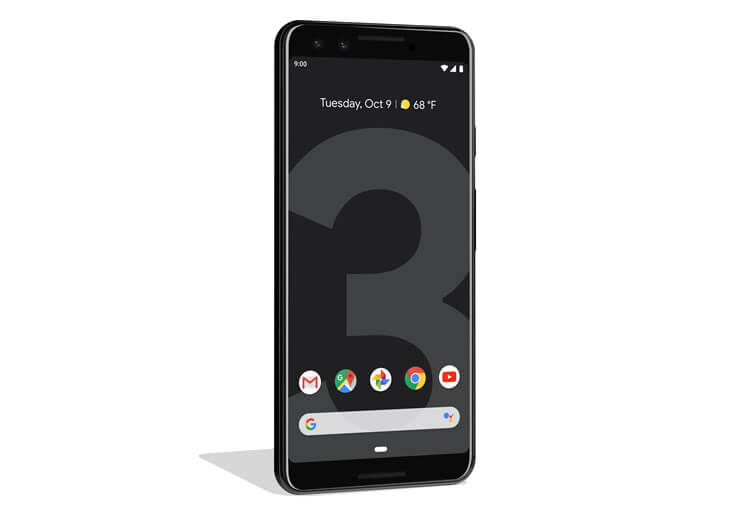
However, it’s a premium build all in all. The back is all glass (where previous models were a mix of metal and glass) and the frame is metal. The Pixel 3 also has IP68 water resistance, meaning it can survive being dunked up to 1.5 metres deep for up to 30 minutes.
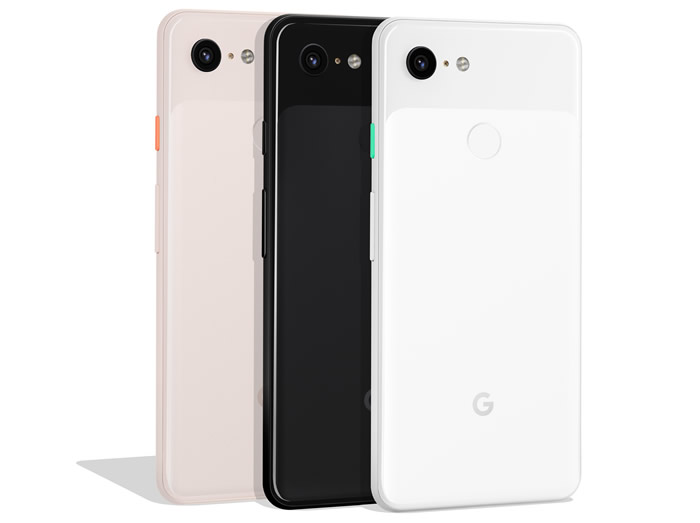
And those big bezels we mentioned serve a purpose, as they house dual front-facing speakers, which can deliver powerful (for a phone) stereo sound.
Power
The Google Pixel 3 doesn’t compromise on power, as it has an octa-core Snapdragon 845 chipset, which is one of the most powerful mobile chipsets around. It also has 4GB of RAM, which isn’t as much as, say, the Samsung Galaxy S9 Plus, but it’s still a decent amount and comparable to a lot of flagships.
As such performance is as slick as you’d imagine, helped likely by the minimalist Pixel UI, which basically uses a bloat-free, pure version of Android 9 Pie.
Speaking of Android, being a Google handset this is also set to get day one updates to new versions for the next couple of years, which few other phones will.
Camera
The Pixel 3’s camera is one of its standout features, though looking at a specs list you might not realise that, as while many flagship phones now have dual or even triple-lens cameras, the Pixel 3 only has a single lens on the back.
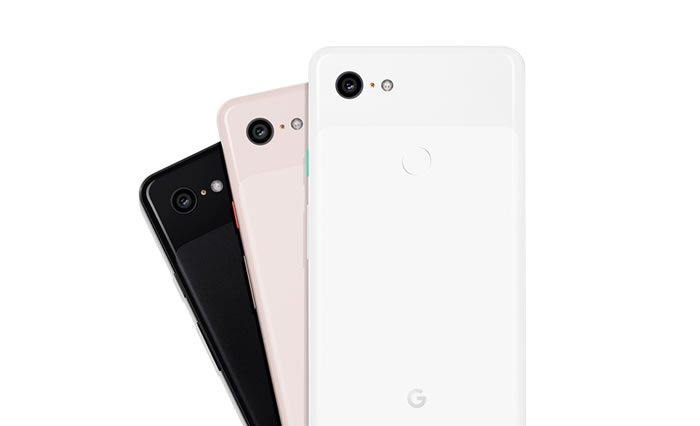
But it’s a good one. It’s a 12.2MP f/1.8 camera with optical image stabilisation, and it’s packed full of clever tech and features behind the scenes, which work to ensure that shots look as good as possible.
Some of the highlights include a ‘Top Shot’ mode, which snaps a series of photos and uses machine learning to choose the best to keep, and Super Res Zoom, which keeps photos sharp when you zoom in.
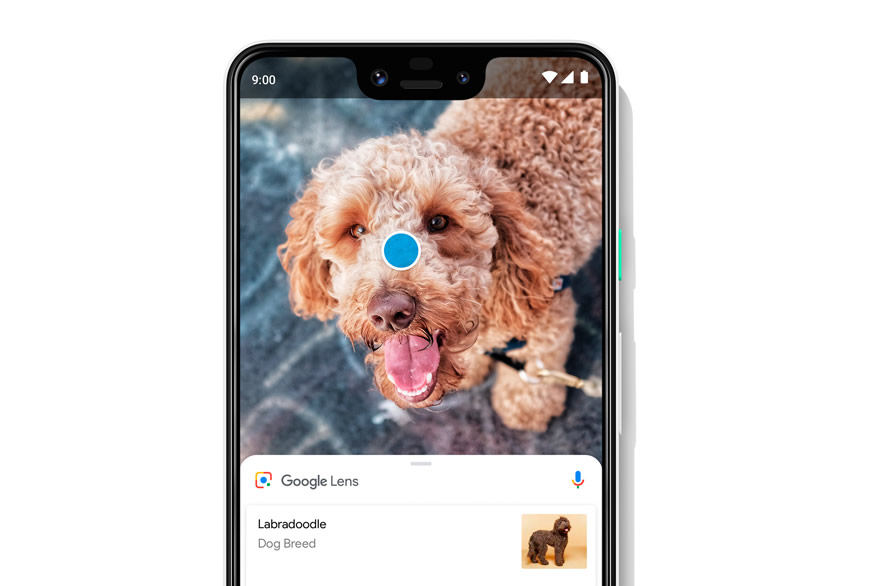
The front-facing camera is also exciting, as this one has been treated to two lenses. They’re both 8MP, but one of them is an ultra-wide-angle lens, so you can fit a whole crowd in your selfies. They’re high-quality lenses too. In short, the Pixel 3 can rival or arguably even top any other smartphone around when it comes to cameras.
.jpg)
Features
One of the main new features of the Google Pixel 3 is its Titan M security chip, designed to keep your passwords and operating system safe. Most phones don’t have a dedicated hardware security chip, so this could give the Pixel 3 range the edge when it comes to security.
That said, it’s hard to judge how effective it is in practice, but if nothing else it should give you some peace of mind that your data is safe.
The Pixel 3 range also has squeezable sides, just like the Pixel 2 and Pixel 2 XL. These let you launch Google Assistant with a squeeze, so you’re never far from voice assistance.
Battery life, memory and connectivity
The Google Pixel 3 has a 2,915mAh battery, which isn’t massive and sadly that shows in use, as the phone will struggle to even last a day if you use it heavily.
But with light to moderate use you should be fine and there is some useful tech here, including ‘Adaptive Battery’, which learns which apps you use the most and will then learn to limit the battery use for apps that you don’t use often. The Pixel 3 also supports both fast and wireless charging.
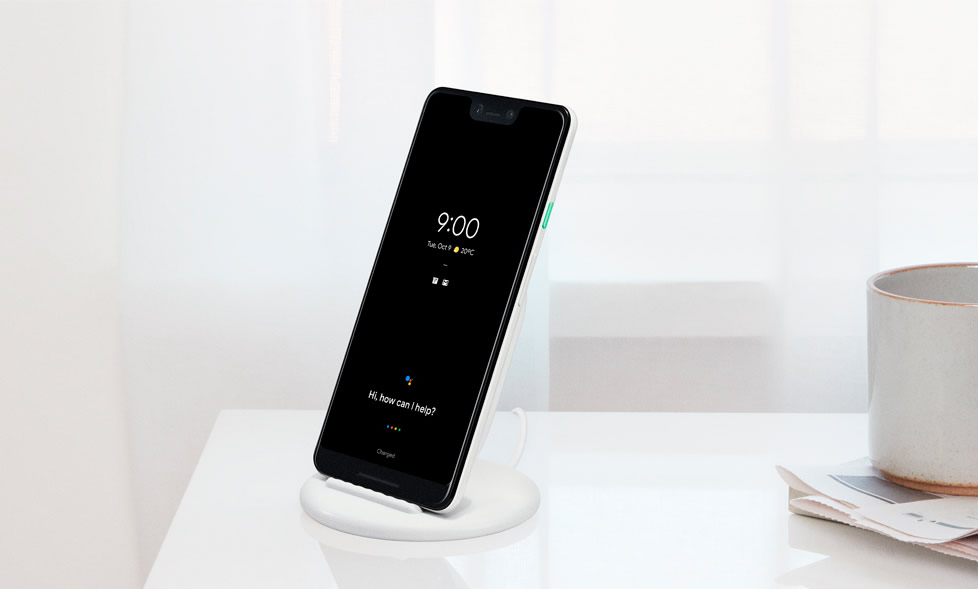
As for memory, you get a choice of 64GB or 128GB, the latter of which should be plenty for most users, but there’s no microSD card slot here, so you can’t expand the storage.
Connectivity options include 4G, Bluetooth 5.0 and NFC – in other words all the options you’d expect from a high-end phone.
Verdict
The Google Pixel 3 is a feature-packed phone that’s a lot more impressive when you dive into the details than when you just look at the specs.
It particularly excels at photography, but should generally be a strong all-rounder, with a good screen, loud speakers, plenty of power and a generally premium design.
The bezels are bigger than we’d like, and battery life could certainly be better, but if you want pure Android, speedy updates and one of the best smartphone cameras around, this – or the Pixel 3 XL – is the phone to choose.



